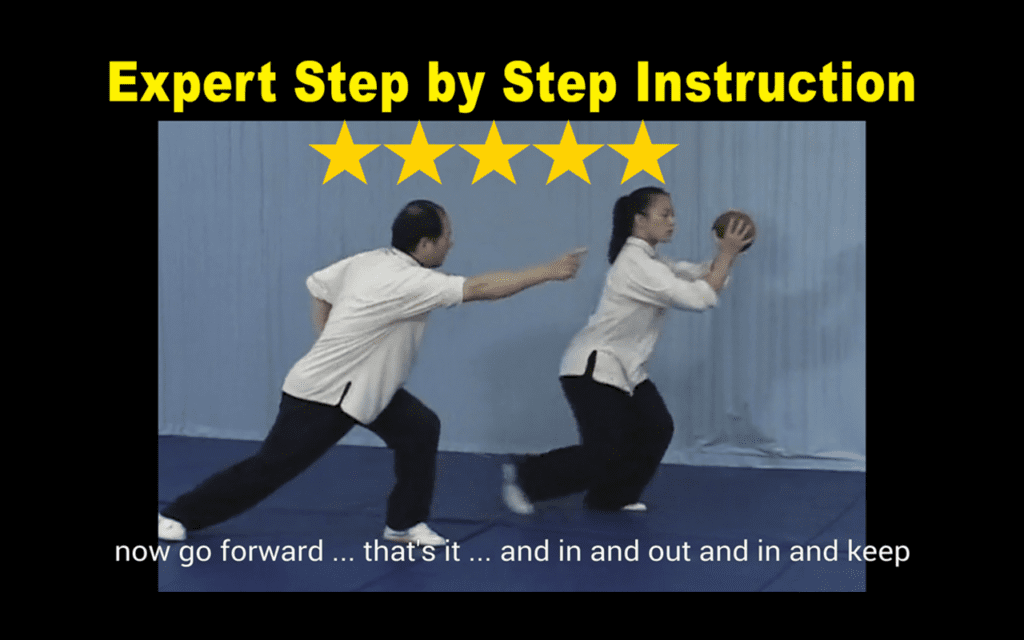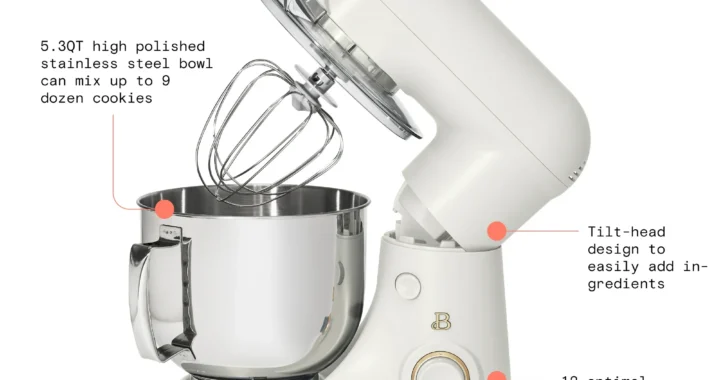Tai Chi Ball Qigong Review

In this comprehensive review, we will dive deep into the world of Tai Chi Ball Qigong. This unique practice combines the ancient art forms of Tai Chi and Qigong, offering numerous benefits for the mind, body, and spirit.
Introduction to Tai Chi Ball Qigong
Tai Chi Ball Qigong is a dynamic exercise that involves the use of a wooden or stone ball, typically weighing between 1 to 5 kilograms. This practice originates from the Yang style of Tai Chi, which is known for its graceful movements and emphasis on inner energy cultivation.
Tai Chi Ball Qigong can be practiced indoors or outdoors, making it versatile and accessible for individuals of all fitness levels. The exercises involve slow and flowing movements, combined with focused breathing techniques, creating a harmonious integration of body and mind.
Benefits of Tai Chi Ball Qigong
1. Physical Fitness and Strength: Regular practice of Tai Chi Ball Qigong helps improve overall physical fitness, strength, and flexibility. The movements engage various muscle groups, enhancing core stability and promoting a balanced body.
2. Energy Cultivation: The gentle yet powerful movements of Tai Chi Ball Qigong assist in the cultivation and circulation of vital energy, also known as Qi, within the body. This can lead to increased vitality, mental clarity, and emotional well-being.
3. Stress Reduction: By focusing on the present moment and synchronizing movements with breath, Tai Chi Ball Qigong acts as a moving meditation, helping to reduce stress and anxiety. It promotes relaxation and a sense of calmness, allowing for better overall mental health.
4. Posture and Balance Improvement: Through the practice of Tai Chi Ball Qigong, individuals can improve their posture and balance. The controlled movements strengthen the core muscles, promoting an aligned and upright posture, which can help prevent injuries and improve body awareness.

The Practice of Tai Chi Ball Qigong
Now let’s delve into the practice itself. Tai Chi Ball Qigong involves a series of movements and exercises, each with specific benefits. In this section, we will explore some of the fundamental exercises.
1. Qi Activation Exercise
Begin your Tai Chi Ball Qigong practice by performing the Qi Activation exercise. Stand with your feet shoulder-width apart, knees slightly bent, and arms relaxed at your sides. Take a few deep breaths, allowing your body to relax and your mind to focus.
Next, bring your hands together in front of your lower abdomen, forming a ball shape. Imagine that you are holding onto a ball of energy. Slowly rotate this imaginary ball in a clockwise direction, focusing on the sensation of energy between your palms.
Continue rotating the ball while maintaining a deep, relaxed breath. Visualize the energy flowing throughout your body, invigorating and activating every cell. This exercise helps warm up your body and prepares you for the following movements.
2. Ball Circulation Exercise
The Ball Circulation exercise is a foundational movement in Tai Chi Ball Qigong. Hold onto the physical ball with both hands, positioning it in front of your lower abdomen. Stand with your feet shoulder-width apart, knees slightly bent, and maintain an aligned posture.

Start by gently rotating the ball clockwise in a circular motion, keeping your movements smooth and fluid. As you rotate, coordinate your breath with the movement, taking deep inhalations and exhalations.

As you become comfortable with the circular rotation, gradually increase the size of the circles. Remember to engage your core muscles and maintain a relaxed state throughout the exercise. This movement helps stimulate the flow of Qi and strengthens the arms, shoulders, and wrists.
The Philosophy Behind Tai Chi Ball Qigong
Tai Chi Ball Qigong is deeply rooted in ancient Chinese philosophy and traditional Chinese medicine. It follows the principles of Yin and Yang, which represent opposing yet complementary forces in the universe. These principles are reflected in the practice of Tai Chi Ball Qigong, where movements flow effortlessly between softness and strength.
The Five Elements
Another fundamental concept in Tai Chi Ball Qigong is the Five Elements, which correspond to different aspects of nature and the human body. These elements include Wood, Fire, Earth, Metal, and Water. Each element is associated with specific movements and exercises, helping to balance the Qi within.

For example, the Wood element relates to growth and expansion, and corresponding movements encourage flexibility and suppleness. The Fire element represents warmth and passion, and exercises associated with it focus on enhancing circulation and heart health.
The Importance of Mind-Body Connection
Tai Chi Ball Qigong emphasizes the importance of the mind-body connection. By cultivating a deep awareness of the body and its movements, practitioners can enhance their overall well-being. This practice encourages individuals to be fully present in the moment, fostering mindfulness and self-awareness.
Through the mind-body connection, Tai Chi Ball Qigong offers a pathway to inner peace and self-discovery. By harmonizing the mind, body, and spirit, practitioners can experience a profound sense of unity and balance.
Conclusion
Tai Chi Ball Qigong is a captivating practice that combines the art forms of Tai Chi and Qigong. Its slow and flowing movements, coupled with focused breathing techniques, offer numerous benefits for physical health, energy cultivation, stress reduction, and balance improvement.
The philosophy behind Tai Chi Ball Qigong, rooted in ancient Chinese principles, adds depth and richness to this practice. The incorporation of Yin and Yang, the Five Elements, and the mind-body connection enhances the holistic nature of Tai Chi Ball Qigong.
Whether you are a beginner or an experienced practitioner, Tai Chi Ball Qigong welcomes individuals of all fitness levels to embark on a journey of self-discovery and well-being. Start your practice today and experience the transformative power of this ancient art.

 Translate English to Albanian Review
Translate English to Albanian Review 






